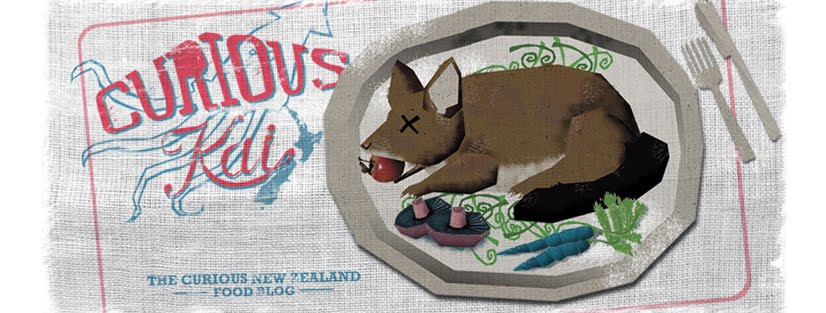
I had ca phe sua da for the first time many years ago at university. It was at the flat of a friend who was eager to show off the new gadgets his girlfriend had bought him from her homeland, Vietnam. We sat at their kitchen table impressed as glasses topped with little cup-like pots dripped coffee onto sweetened condensed milk. Once done, the pot was removed, the glass given a quick stir, and then topped with ice and a straw. It was delicious, and the best thing about that hot day. A few months ago, I came across some Vietnamese press pots at The Main Street Deli in Greytown (a neat little store in a beautiful little town), and snapped them up immediately, hoping to use them when it got warmer. Given the state of the weather here, now's as good a time as any.
You'll need:
- Vietnamese Press Pots (try your local Asian market or Trademe & Ebay)
- Tall Glasses
- Parfait Spoons (you can use any spoons; parfait are just ideal given the length of the glass)
- Coffee (tradition calls for a French dark roast with Chicory)
- Sweetened Condensed Milk
- Ice
- Water, & something to no-quite-boil it in

The press pot is an interesting device. It comprises the pot, which has a screen on the bottom and a mount to which the filter is attached by winding it on. The extent to which you wind determines the strength of your coffee; the tighter the fit, the slower the flow of water and consequently, the stronger the brew. There is also a lid/sauce, as well as a set of instructions. The unit cost $12 from memory.



Down to business: placing the pot on its lid, pour in two tablespoons of coffee or enough until it reaches just below the screw mount; anymore than that and you'll have difficulty screwing down the filter.

Place the filter on the screw mount and wind down. Again, the tighter you have it, the stronger your coffee will be.

Put your water on to boil and be ready to remove it just before it reaches the rolling boil stage. While that's steaming away, get your glass ready. Pour in a hearty measure of condensed milk, around two to three heaping tablespoons. Place the pot on top. Once your water's ready, pour it in the pot, right up to the lip.

Sit back and watch it steadily drip, drip, drip onto the condensed milk.

Once the pot's empty of water, it's done! Remove the pot and place it on its lid to catch any drips. Grab your spoon, give it a good stir and pour in your ice. Now take your glass of iced coffee, go sit outside in the shade, and sip away while listening to this, thinking all the while about how lucky you really are...























